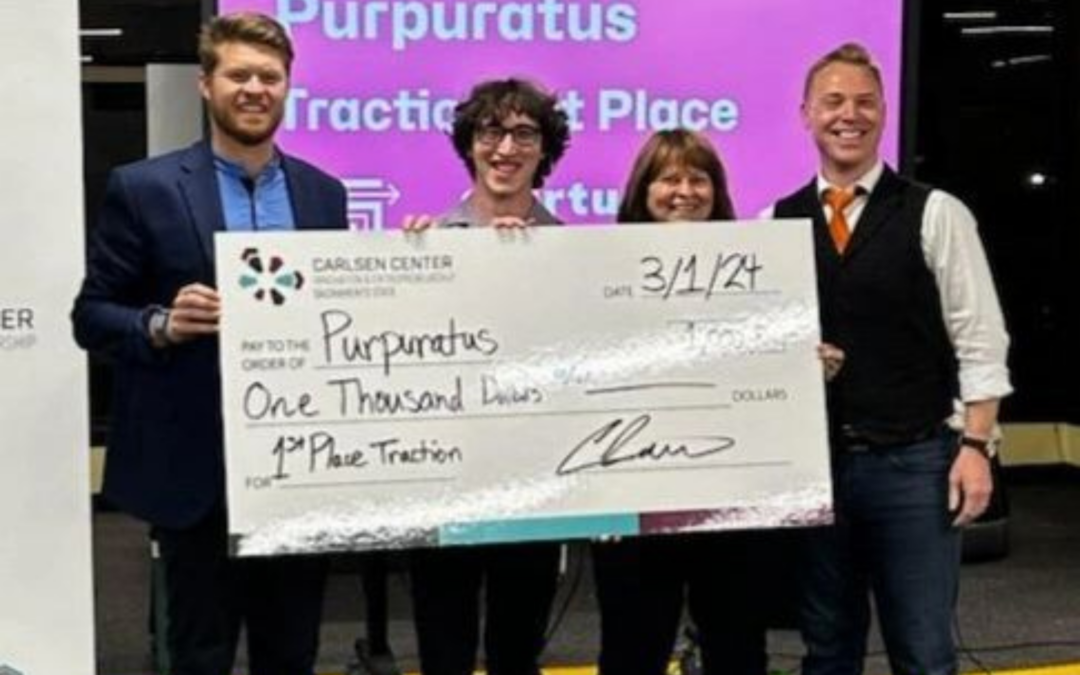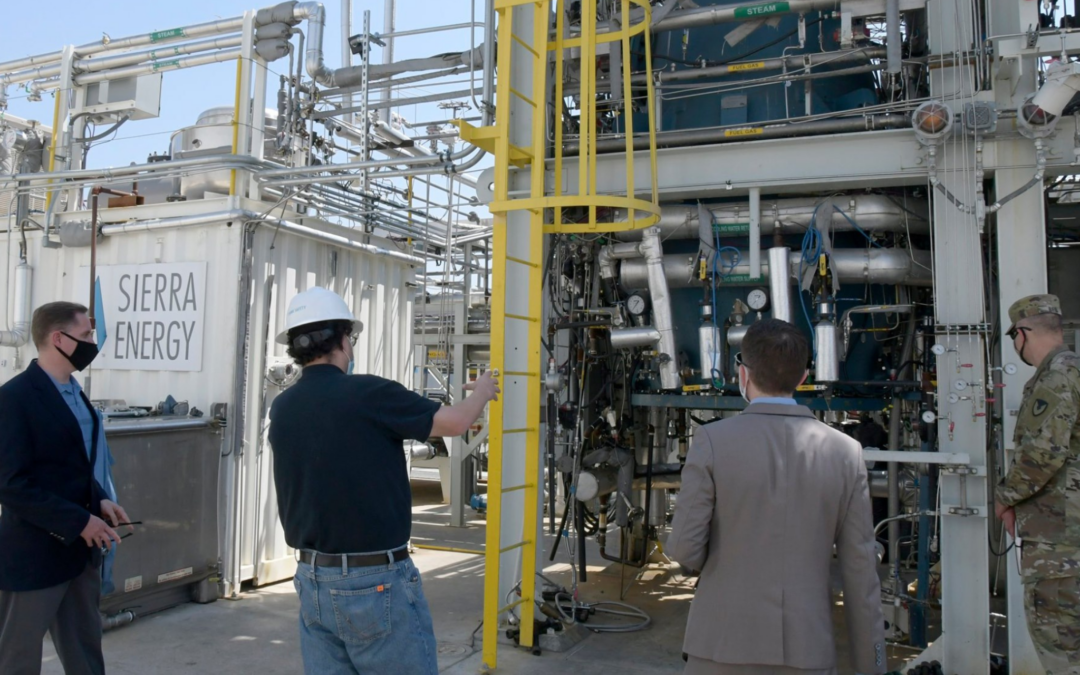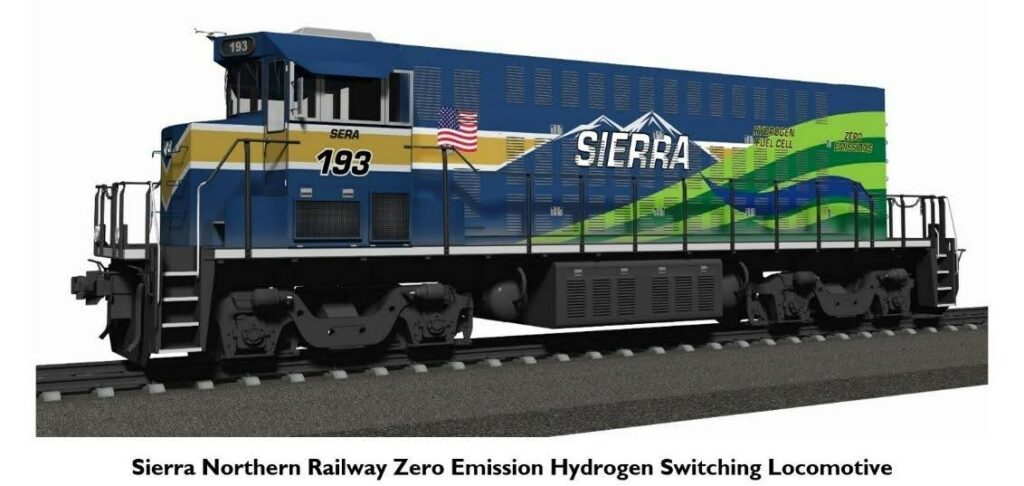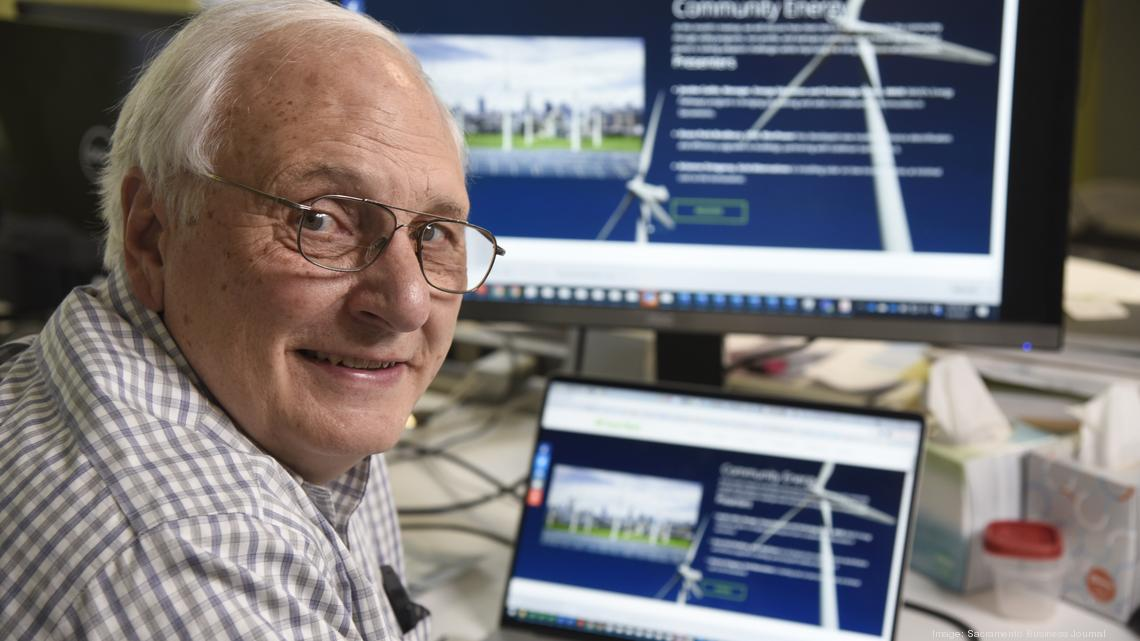
Solar Breakthroughs: Record Growth and Innovations Unveiled
Solar innovation, manufacturing, and adoption are growing faster than ever. Over 30 gigawatts of PV were added in 2023, setting a record in residential and utility segments. The recent CleanStart Meetup featured this whirlwind of innovation, focusing on the latest advancements in solar technology. The event featured key speakers Kevin Logue, Commercial EPC Sales Manager at Capital Valley Electric, and Diana DiGangi, a reporter at Utility Dive, who shared insights into the dynamic world of solar energy solutions.
Cutting-Edge Solar Technologies
The discussions covered a wide array of topics, from inverters, racking systems, and Battery Energy Storage Systems (BESS) to novel concepts like Floating Photovoltaics (PV) and Agrovoltaics. Kevin Logue emphasized the evolution of racking systems designed to lower costs and improve efficiency. Innovations such as Floating PV and vertical solar installations are gaining traction, offering versatile applications without compromising valuable land resources.
One of the standout ideas was the concept of Solar Canvases, designed to drape over canals, simultaneously generating energy and reducing water evaporation. Additionally, the advent of Integrated Solar Glass and advancements in solar module efficiency were highlighted, pointing towards a future where solar energy is seamlessly integrated into everyday structures.
Local and Global Impacts
Logue shared intriguing local projects, including solar trees and charging stations, exemplifying the practical application of these innovations. Logue is most optimistic about Solar Paint envisioning a future where virtually any surface could become a solar energy generator.
Diana DiGangi shed light on industry changes and the National Renewable Energy Laboratory’s (NREL) breakthroughs in solar efficiency and recycling. The industry is moving to improved solar cells, from passivated emitter rear contact (PERC) cells to tunnel oxide passivated contact (TOPCon) cells, making a significant leap forward. With the looming influx of millions of old solar panels, NREL is also focusing on recycling techniques that can also reduce the reliance on mining new material.
We asked DiGangi about perovskite cells, which have been increasing in efficiency, and she relayed a relayed a quote from NREL Research Engineer Chris Deline “Fundamentally, though, the fact that [perovskite is] so easy to make may be part of why it’s so hard to get it to be stable.” You can read her article on innovation here.
Another big influence was incentives from governments and the Inflation Reduction Act (IRA). The IRA is playing a pivotal role in spurring the growth of solar innovation and production. So if you are interested in solar you need to pay attention.
The CleanStart Meetup on Solar was a testament to the rapid advancements in solar technology. From the integration of solar power into diverse environments to the strategic improvements in efficiency and sustainability, the meetup illuminated the path forward in harnessing solar energy more effectively and innovatively.
Make sure you follow CleanStart and don’t miss the next meetup.
ABOUT THE AUTHOR
Thomas is the Executive Director of CleanStart. Thomas has a strong background in supporting small businesses, leadership, financial management and is proficient in working with nonprofits. He has a BS in Finance and a BA in Economics from California State University, Chico. Thomas has a passion for sustainability and a commitment to supporting non-profits in the region.
Sponsors




Weintraub | Tobin, Revrnt, Moss Adams, PowerSoft.biz, Greenberg Traurig








